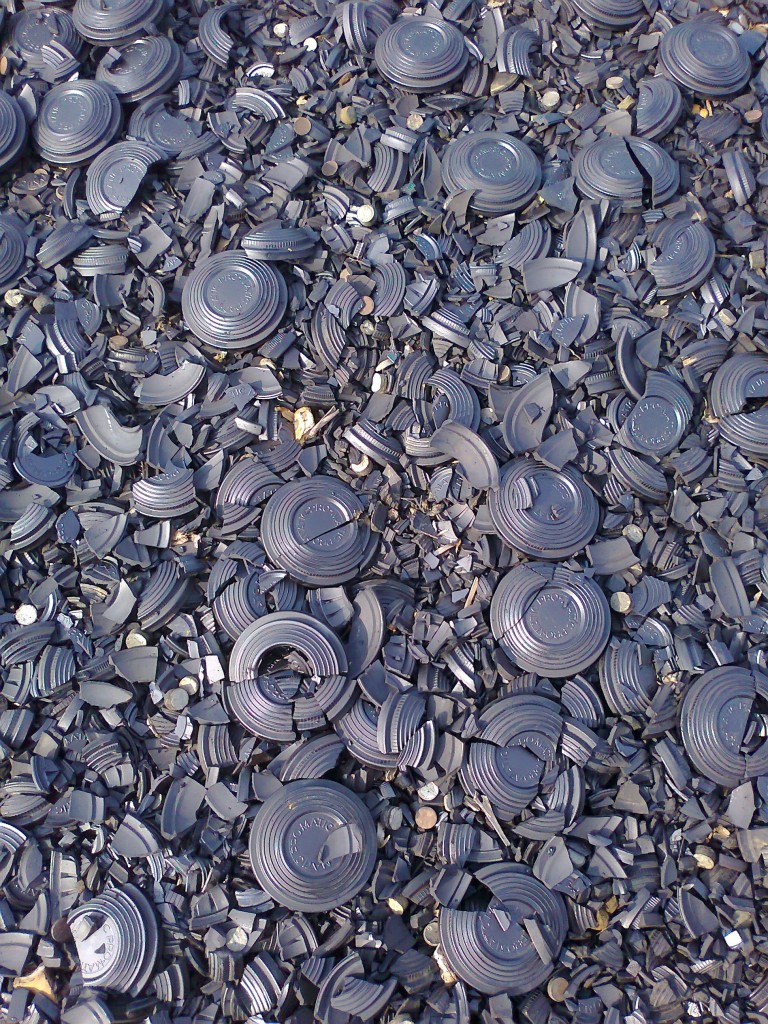I just read this essay, which I found through a link on http://www.ground-up.org.uk/:
It gave me food for thought, in two ways specific to my practice:
1. How can I apply ideas from this essay to help me analyse, articulate and evaluate what I was trying to achieve with Invitation to Leap, Touch, Make a Sound?
2. How can I use this insight to develop my approach (and spawn new work)?
Below are some sketchbook-style responses. Notes, idea-doodling…
The collaborative processes culminating in Invitation to Leap, Touch, Make a Sound were limited to the discussion and approval process of a Steering Group and my mentorship with another artist. However, the piece is interactive- it has an existence beyond its passive, physical presence. In this sense, someone interacting with it becomes a collaborator. In developing an interactive work which I hoped would lead to positive outcomes and opportunites for the audience/collaborators to explore, I felt wary of implying that the work would ‘act on’ the audience in an ‘enlightening’ way and the title reflects my attempt to address this concern. In the essay above (section 2, paragraph 6) I find both an articulate, contextualised description of this particular concern and a description of a ‘dialogical aesthetic’ offering ways to move towards a more genuinely collaborative interaction.
Previously, I would have summed up my approach as ‘offering opportunities to play’ because this implies an opportunity to learn/discover/enjoy that is led by the subject. I think this still stands. However, applying this new model allows me to explore the sense of dislocation I felt on realising I would have almost no opportunities to recoup ideas by discovering people’s subjective responses to the work, and that this felt like a loss or shortcoming. Yes, I could ‘stake out’ at the installation until someone interacted with it and then pounce on them to ask how it felt, but obviously this would interfere with the mechanism(!)- the physical process which I felt necessitated an interactive sculpture rather than a series of conversations. How would it be possible to build that sort of interaction into a new work?
Kester goes on to discuss the role of empathy in the dialogical aesthetic: ‘Empathy is, of course, subject to its own kind of ethical and epistemological abuse. However, I also feel that a concept of empathetic insight is a necessary component of a dialogical aesthetic. Further, I would contend that precisely the pragmatic, physical process of collaborative production that occurs in the works I’m discussing (involving both verbal and bodily interaction) can help to generate this insight, while at the same time allowing for a discursive exchange that can acknowledge, rather than exile, the non-verbal.’ The works he is discussing are of course very different from my Invitation… but I think there is scope for me to draw useful insight nonetheless. Thinking about the time-based nature of dialogue and interaction also links me back to the music/compositional side of my practice: could I find ways to look for solutions to my problem through explorations there?







